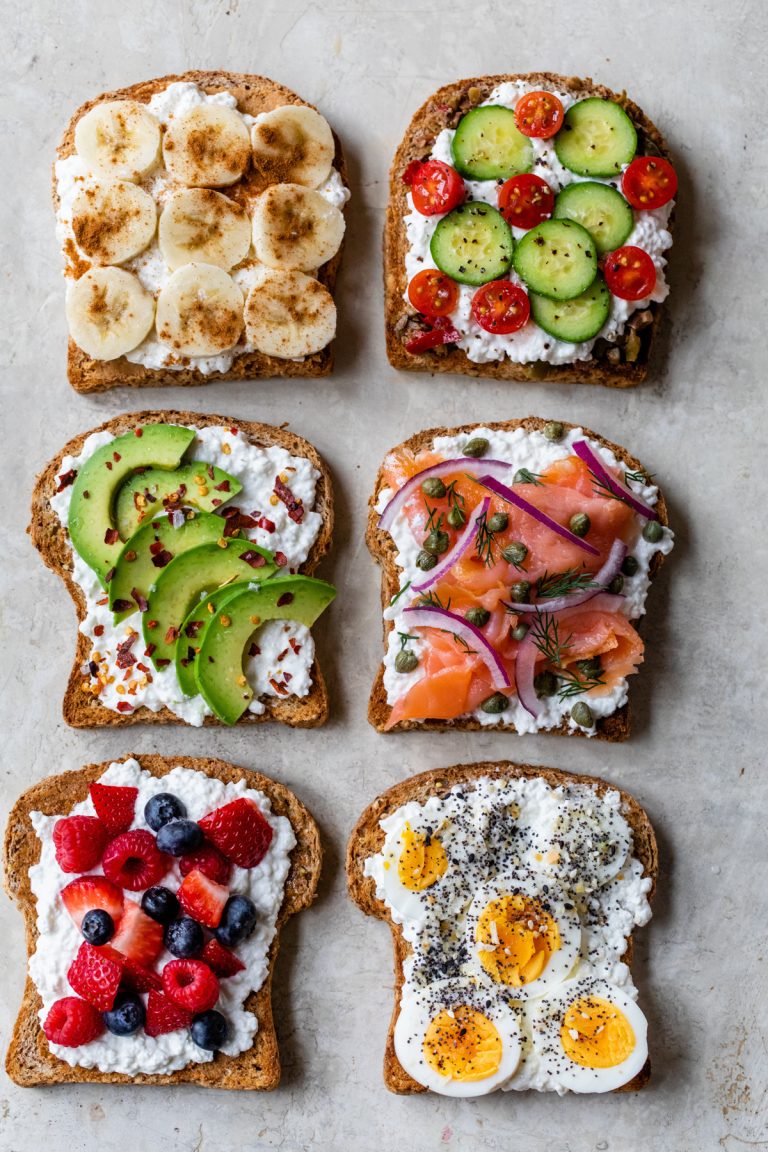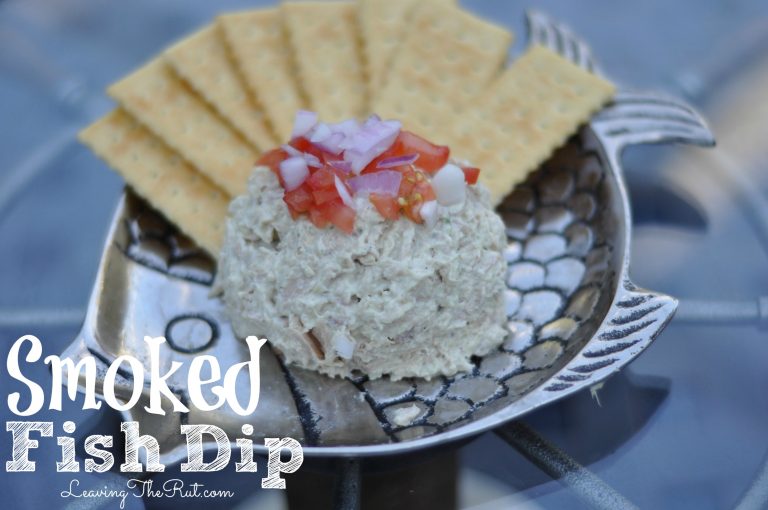Texas Caviar Recipe: A Flavorful, Nutritious, and Versatile Dish
Texas Caviar, also known as Cowboy Caviar, originated in Texas in the 1940s. Helen Corbitt, a chef who aimed to transform simple black-eyed peas into something more appealing, developed this dish. Initially served on New Year’s Eve, it quickly spread in popularity. Over the decades, Texas Caviar has evolved, incorporating various ingredients and flavors, while retaining its signature tangy, zesty profile.
Key Ingredients in Texas Caviar
Texas Caviar’s primary ingredient is black-eyed peas, providing a hearty base. Secondary legumes, like black beans, add further texture. Fresh vegetables—including bell peppers, onions, and tomatoes—contribute vibrant colors and crispness.
For flavor, tangy dressings usually include vinegar, olive oil, lime juice, and spices, enhancing every bite. Jalapeños or other chilies offer optional heat for an extra kick. Cilantro and garlic often round out the flavors, creating a delicious, well-balanced dish.
Why It’s Called the “Best Ever”
Unique Preparation Techniques
Texas Caviar boasts unique preparation methods that set it apart. You mix fresh, colorful vegetables (bell peppers, onions, tomatoes) and beans (black-eyed peas, black beans) to ensure a variety of textures. You prepare a tangy dressing using vinegar, olive oil, and lime juice, whisking until emulsified. Combining spicy elements like jalapeños with cilantro and garlic enhances flavors. Allowing the dish to marinate for at least two hours or overnight results in a more balanced, rich taste.
Flavor Profiles That Stand Out
The distinctive flavor profiles make Texas Caviar exceptional. Crisp vegetables add freshness, while beans provide a hearty bite. The tangy dressing offers zest and acidity, balancing the sweetness of bell peppers and tomatoes. Jalapeños add a gentle heat, cilantro imparts freshness, and garlic lends depth. The combination of these flavors creates a vibrant and well-rounded taste that’s memorable.
How to Serve Texas Caviar
Ideal Pairings
Texas Caviar pairs well with various foods, enhancing the dining experience. Serve it with tortilla chips for a classic combination. Add it as a topping for grilled chicken or fish to introduce a burst of flavor. Incorporate it into salads to boost texture and taste. Use it as a filling for tacos or burritos for a festive twist. Pair with avocado slices to balance the tanginess with creamy goodness.
Occasions and Gatherings
Texas Caviar suits various occasions and gatherings. Present it at barbeques as a side dish to complement grilled meats. Offer it at potlucks for a fresh, crowd-pleasing option. Serve it at birthday parties as a zesty appetizer. Include it in game-day spreads to add a vibrant touch. Highlight it during holiday celebrations for a colorful, nutritious addition.
Health Benefits
Nutritional Components
Texas Caviar offers numerous nutritional benefits. It contains key ingredients like black-eyed peas and black beans, which are excellent sources of protein and dietary fiber. Protein supports muscle repair and growth, while fiber aids in digestion and helps maintain satiety. Vegetables like bell peppers, tomatoes, and onions provide essential vitamins, including Vitamin C and potassium. Vitamin C boosts your immune system and enhances iron absorption, making it a vital nutrient. Potassium helps regulate blood pressure, promoting cardiovascular health.
Fresh ingredients like cilantro and garlic add flavor and additional health benefits. Cilantro contains antioxidants and is known for its potential to support detoxification. Garlic has anti-inflammatory properties and supports heart health by lowering cholesterol levels.
Dietary Considerations
Texas Caviar suits various dietary needs and preferences. It’s naturally gluten-free, making it safe for those with gluten sensitivities or celiac disease. The dish is also plant-based, ideal for vegetarians and vegans wanting a high-protein meal option. For those monitoring their sodium intake, consider using low-sodium beans and adjusting the amount of added salt.
The recipe’s versatility allows for customization. You can replace or add ingredients based on dietary restrictions or personal preferences. For instance, you could add avocado for healthy fats or substitute vinegar with lemon juice for a different tanginess. This adaptability ensures everyone can enjoy Texas Caviar, regardless of dietary constraints.
Conclusion
Texas Caviar stands out as a versatile and nutritious dish that’s perfect for any occasion. Its rich history and evolution showcase the creativity and adaptability of this beloved recipe. By incorporating fresh vegetables, beans, and a tangy dressing, you get a flavorful and healthy option that caters to various dietary needs.
Whether you’re hosting a gathering or looking for a nutritious meal, Texas Caviar is a go-to choice. Its blend of protein, fiber, and essential vitamins ensures you’re not only enjoying a delicious dish but also reaping numerous health benefits. Add Texas Caviar to your culinary repertoire and experience its delightful taste and versatility.






